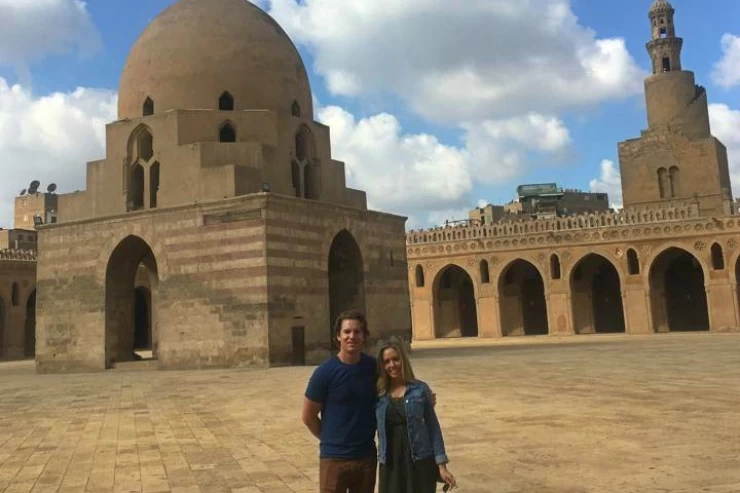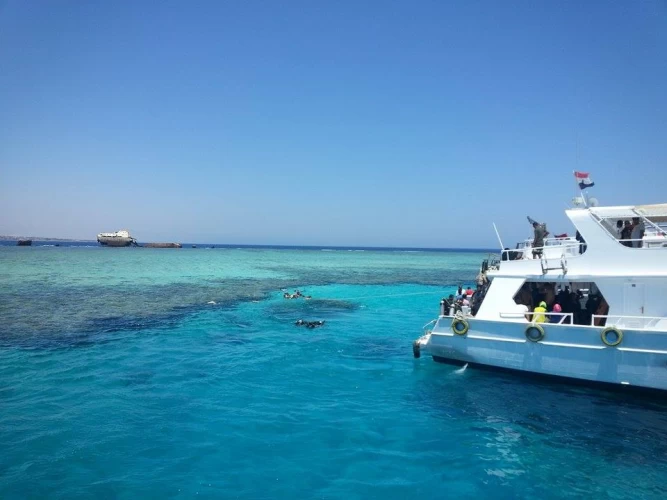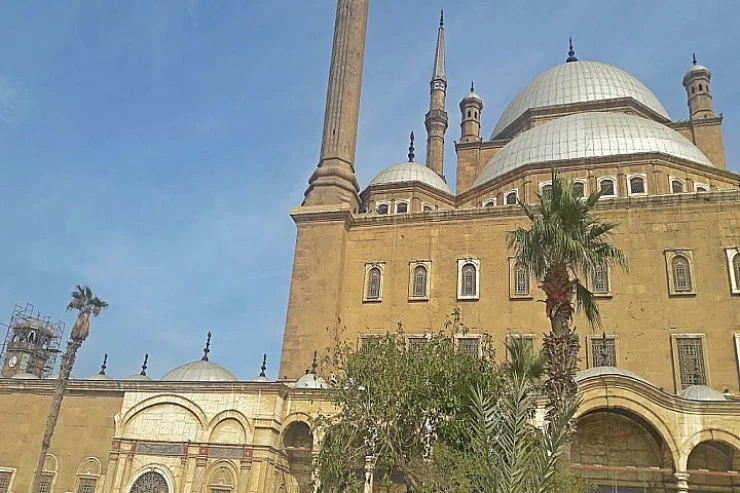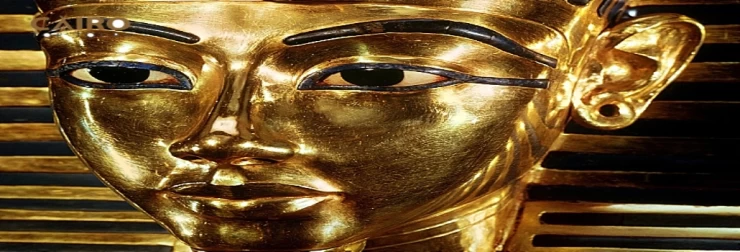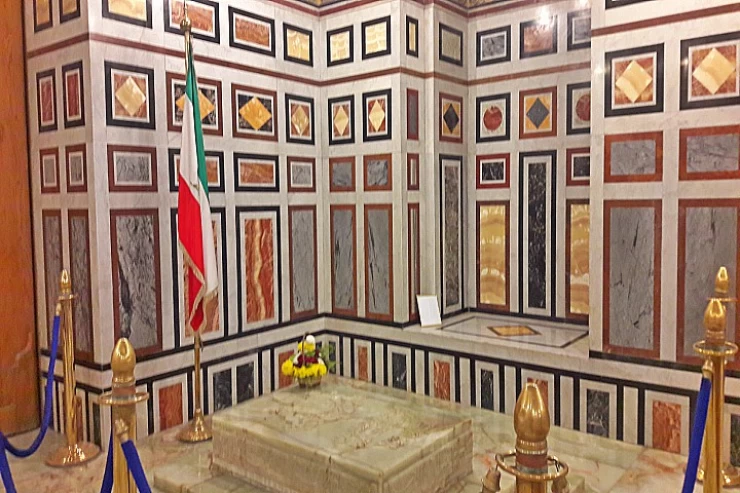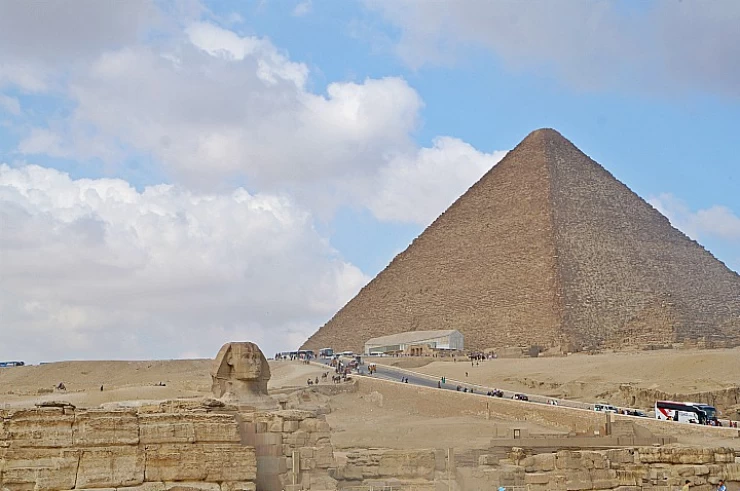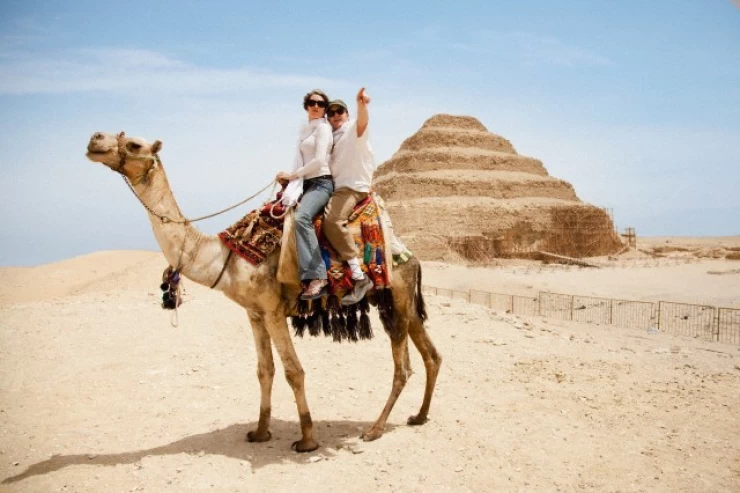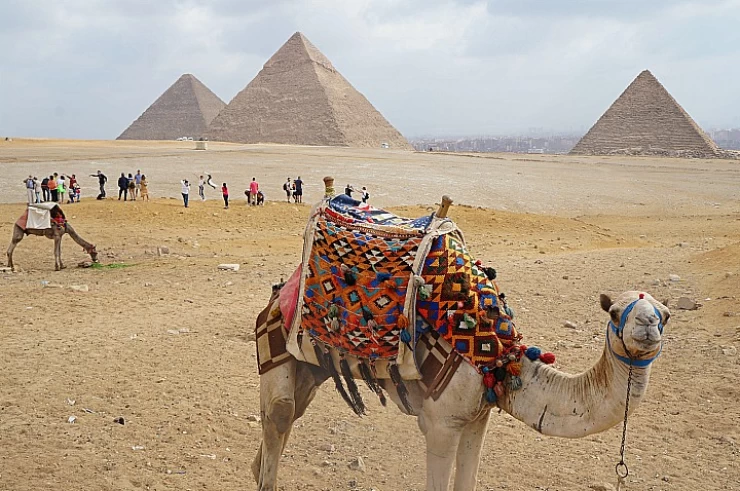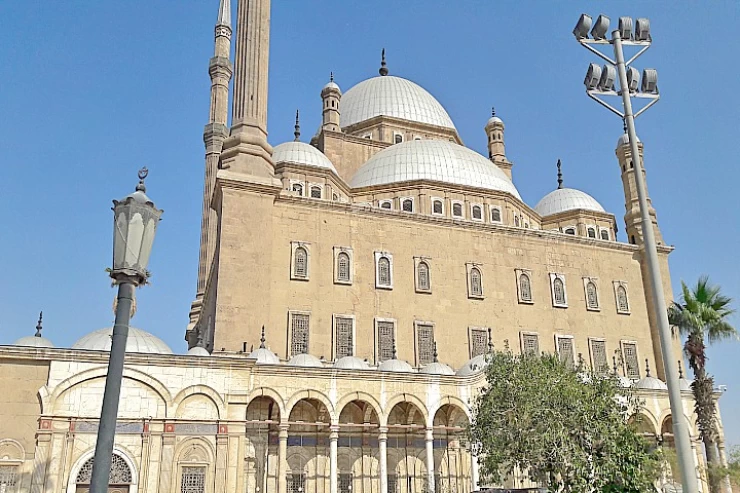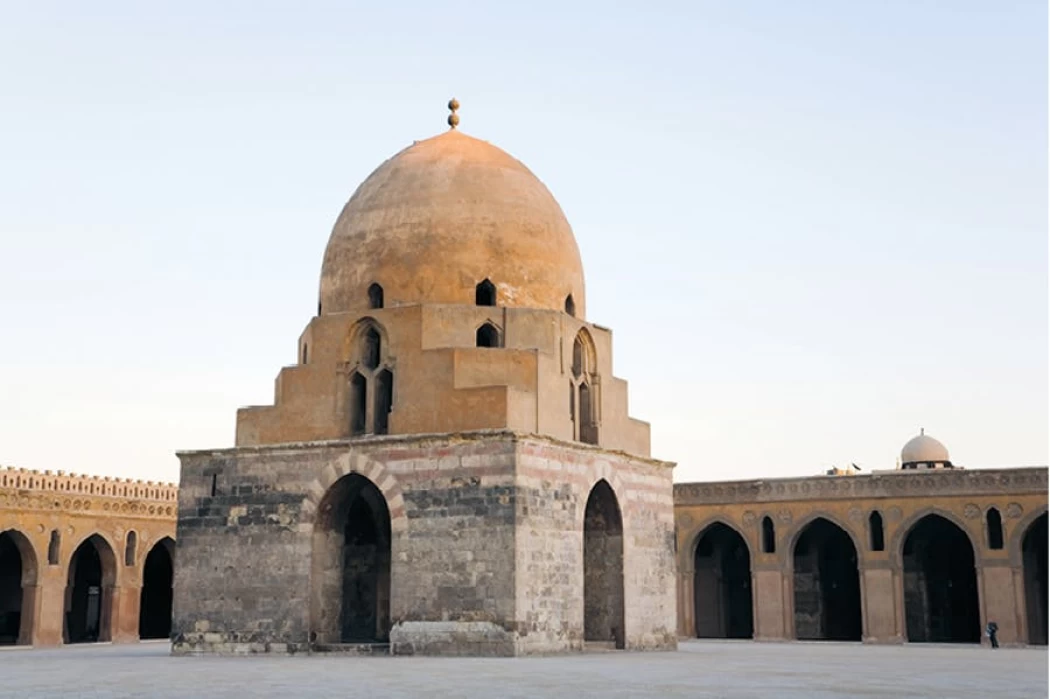
Life History of Ahmed Ibn Tulun
Life History of Ahmed Ibn Tulun
The prince of Egypt and the founder of the Tulunid state in Egypt and the Levant from “254 AH/868 - 270 AH/884” is Abu al-Abbas Ahmad bin Tulun, and the Abbasid state over Egypt, whose birthday is today, as he was born on this day, September 20, in the year 835.
Ahmad ibn Tulun was born on September 20, 835 AD, from a slave girl named Qasim or Hashim, and his origins go back to the Turkish tribe of Taghzgar, although he was born in the city of Baghdad in Iraq, the capital of the caliphate at that time, and he is from a family that lived in Bukhara, and his father was known as Tulun.
Ahmad ibn Tulun was a slave who was brought to Nuh ibn Asad al-Samani, the governor of Khorsan and Bukhara, who later sent him as a gift to Caliph al-Mamun, and it must be noted that Caliph al-Mamun admired him, as he was known for his loyalty and success, which increased his status with him, so he assigned him several jobs in which he succeeded, which eventually prompted him to give him the presidency of the guard, and nicknamed him Amir al-Sitr.
He remained in this job for twenty years Tulun had many sons, including Ahmed, nicknamed Abu al-Abbas, whose mother married after his father's death to the Turkish Prince Baybak, who was later appointed by Caliph al-Mu'taz as governor of Egypt.
Ahmad ibn Tulun came to Egypt with his mother and her husband, Pakbak the Turk, who was the Turkish governor of Egypt, but he later appointed another Turkish governor, Barqouk Ain, and the latter was Ahmad ibn Tulun's father-in-law, who appointed Ahmad ibn Tulun after him as governor of Egypt, making it an independent state.
The credit for the establishment of this state goes to Ahmad ibn Tulun, where it is known as the Tulunid Emirate, or the state of Banu Tulun, and it is called the Tulunis for short, which is the first Islamic emirate to separate politically from the Abbasid state, so that its descendants are unique to rule the Levantine and Egyptian lands, and it must be noted that this state arose during the control of the Turks and their growth over the Abbasid state, which is the same period when the populist tendency grew on the governors of the one state, so its emergence was a definite result of the growing populist ideology.
Ahmad ibn Tulun died in 884 AD at the age of fifty years, and his sons and uncles took over the rule after him, but the Tulunid state ended at their hands due to family disputes that arose between them over the rule.
Latest Articles
Admin
Aswan Governerate in Egypt
One of Egypt's southern governorates is Aswan Governorate. The city of Aswan serves as its capital. At a latitude of 22 north of the equator (also known as the Tropic of Cancer), it is bounded to the north by the Qena Governorate, to the east by the Red Sea Governorate, to the west by the New Valley Governorate, and to the south by the Republic of Sudan.
Admin
Luxor Governorate Egypt
The capital of the Arab Republic of Egypt is Luxor City, which was once known as "Thebes City" because it served as Egypt's capital during the Pharaonic era. It is situated in the South Upper Egypt region, approximately 670 kilometers from the capital Cairo from the south. It is bordered on the north by Qena Governorate, on the south by Aswan Governorate, on the east by Red Sea Governorate, and on the west by New Valley Governorate.
Admin
History of kafr El Sheikh Governorate
Kafr El Sheikh Governorate is an Egyptian governorate, located in the northernmost part of Egypt in the Nile Delta, with Kafr El Sheikh as its capital. It had a population of 3,172,753 in 2015 and an area of 3,748 km². Its entire area is located north of the delta and overlooks the Mediterranean Sea. The main economic activity of the residents of the governorate is agriculture and fishing, especially the southern lands of the governorate and the lands overlooking the Nile River - Rosetta Branch.
Admin
Egypt's New Administrative Capital
The New Administrative Capital is located between the Cairo-Suez and Cairo-Ain Sokhna roads, 60 km from Cairo and the same distance from Ain Sokhna and Suez. The New Administrative Capital is located on the border of Badr City, in the area between the Cairo-Suez and Cairo-Ain Sokhna roads, just after New Cairo, Mostakbal City and Madinaty.
Admin
Al Gharbia Governorate
Gharbia Governorate is one of the governorates full of archaeological sites, whether they are places or facilities (mosques, churches), as the governorate is a destination for visitors to these places throughout the year, whether they are Egyptians from the different governorates.
Admin
Hamata Islands (Qulaan Archipelago) in Marsa Alam
The Hamata area, south of Marsa Alam in the Red Sea, is one of the most important parts of the Wadi El Gemal Reserve, whether in the desert or the sea. It was named after the sorrel plant, which was distorted to Hamata.






